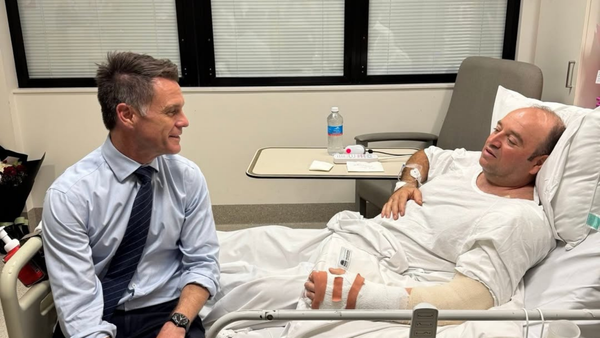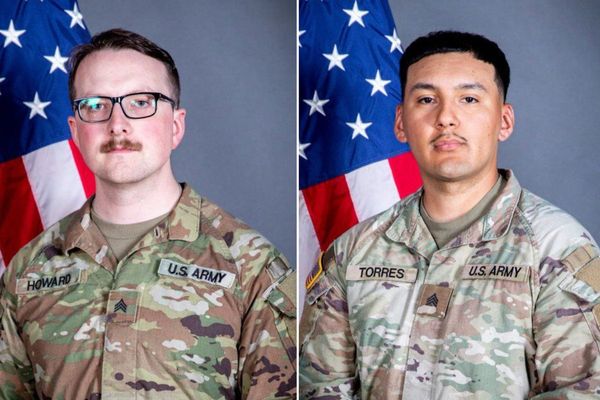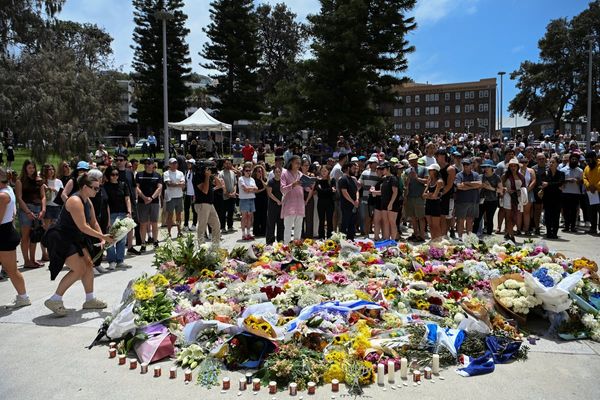
Like her political contemporary Corazon Aquino in the Philippines, Violeta Chamorro, who has died aged 95, was thrust into the limelight in Nicaragua – and ultimately, in 1990, to the presidency – because a dictator murdered her husband.
He was Pedro Joaquín Chamorro, publisher of the family newspaper La Prensa, and for many years a serious irritant to the Somoza dictatorship that ruled in Nicaragua from 1936. After the assassination of Anastasio Somoza García in 1956, Pedro Joaquín was arrested on charges of rebellion and sent into internal exile.
Never one for quiet acceptance of his fate, he escaped with Violeta to neighbouring Costa Rica. From there he organised a rebel force that in 1959 attempted to overthrow Anastasio’s son Luis, who had succeeded as president. The attempt failed, and Pedro Joaquín was sentenced to a nine-year jail term. On his release, he went back to editing La Prensa. By the late 1960s, Anastasio Jr (also known as Tachito) had taken over from his brother Luis, but the situation in Nicaragua had deteriorated still further.
In 1975, Tachito suspended civil rights. Pedro Joaquín not only campaigned against him through La Prensa, but he also took on a political role as head of the Democratic Liberation Union (Udel). Tachito had had enough. In January 1978, he sent his gunmen to machine-gun Pedro Joaquín to death on his way to work.
The murder provoked a national uprising which led, the following year, to the overthrow by the Sandinista National Liberation Front (FSLN) of the 40-year-old dictatorship. As Pedro Joaquín’s widow, Violeta Chamorro took over the newspaper. With it, she inherited an uncomfortable role as one of the principal leaders of the visible opposition.
When the Sandinistas swept to power in July 1979, she became a member of the first, five-member transitional junta that controlled Nicaragua until the election of Daniel Ortega as president in 1984. But her conservative politics soon caused a split with the predominantly Marxist FSLN. Once more she was in opposition.
As the rebellion mounted by the US-backed contra rebels grew stronger, the Sandinista government grew correspondingly less tolerant. La Prensa, accused of receiving CIA funds to destabilise the government, was again subjected to censorship. For a year it was closed down altogether.
Like many Nicaraguan families, the Chamorros themselves were deeply divided. Of Violeta’s four children, two were pro-Sandinista and two anti. Carlos Fernando edited the FSLN daily Barricada, and his sister Claudia was a Sandinista diplomat. Cristiana remained at La Prensa, while Pedro Joaquín Jr became a member of the contra leadership. The country’s other main paper, the independent but pro-government Nuevo Diario, was edited by their uncle, Xavier.
In the 1990 general election, held against a background of war, the FSLN faced a heterogeneous coalition of anti-Sandinista forces, ranging from communists to the far right. Known as the UNO, this shaky front needed a candidate capable of ousting Ortega — and the only viable option was Violeta Chamorro, who had little genuine political experience.
One of the seven children of Amalia Torres and Carlos Barrios Sacasa, she was born into a well-to-do farming family in the southern town of Rivas. Sent as a teenager to a Catholic girls’ school in the US before her marriage in 1950 to Pedro Joaquín Chamorro, she had acquired a knowledge of English and a certain grasp of world affairs. But perhaps her principal asset at the time of the 1990 election – leaving aside support from Washington – was her grandmotherly demeanour and apparent absence of guile.
Much to the astonishment of most observers — not least the Sandinistas themselves – she beat Ortega handsomely and became the first elected female president in Latin American history.
It was an unenviable job. More than a decade of war, coming on top of dictatorship, had wrecked what little infrastructure existed and reduced living standards in Nicaragua to the levels of the 30s. Forty per cent of the workforce was unemployed and there was a huge foreign debt. Inflation stood at more than 13,000%.
Chamorro faced a hostile, mainly pro-FSLN, union movement, which staged a series of strikes, and a huge contra force, sceptical of her intentions. The Sandinista leaders used the transition period to transfer large amounts of state property into their own, private hands. Nonetheless, the new president could not govern without them. She agreed to leave Ortega’s brother Humberto in charge of the army, provoking a split in the UNO coalition from which it did not recover.
Throughout her seven-year term she was in effect obliged to rule in alliance with the FSLN, under the guidance of her politically savvy son-in-law, Antonio Lacayo – a de facto prime minister. Within months, she succeeded in persuading most of the contras to demobilise, in exchange for an offer of land. Ending the war, and beginning the process of national reconciliation, was probably her most lasting achievement.
On the economic front she was not so successful. Her policies were based on the revival of the prostrate private sector and on a public sector reform programme that followed the standard, free-market, International Monetary Fund recipe. Burdened by debt and underdevelopment, plagued by natural disasters that included both drought and floods, Nicaragua stubbornly refused to advance, and by the end of Chamorro’s term it seemed just as firmly stuck at the bottom of the Latin American pile.
In January 1997, Chamorro handed the presidency to Arnoldo Alemán. It was only the second time in the country’s history that one elected president had been succeeded by another. The celebration, however, was short-lived: within a few years Alemán was facing corruption charges, and in 2007 Ortega returned to office, and imposed a harsh crackdown on any opposition.
Chamorro herself retired from active politics, though her family remained involved in public life. Since 2023 she had been receiving medical care in Costa Rica.
She is survived by her children, and 12 grandchildren.
• Violeta Barrios de Chamorro, politician and newspaper proprietor, born 18 October 1929; died 14 June 2025







